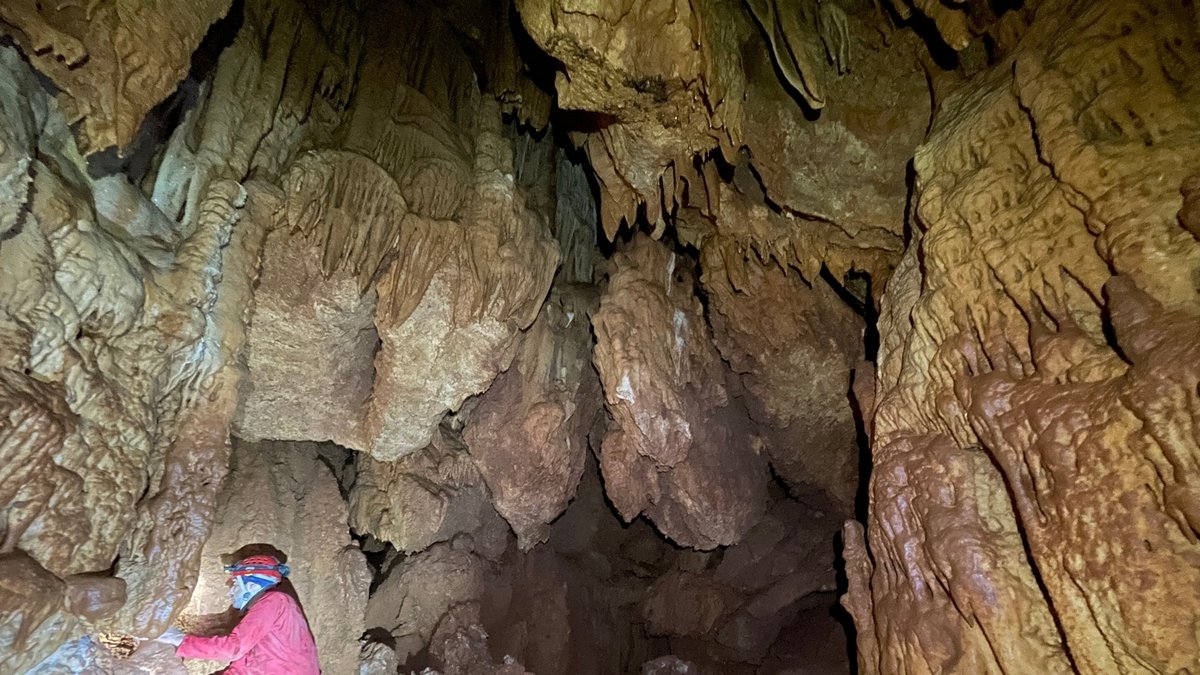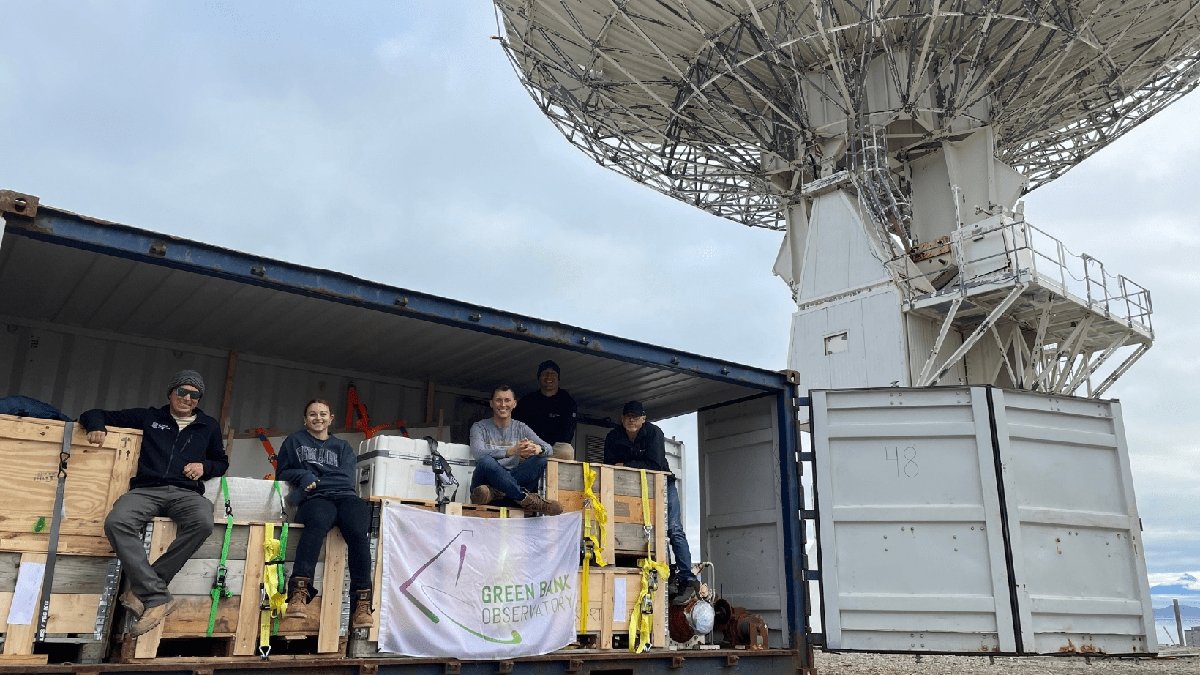Cave Temperatures and Climate Change: Unveiling Hidden Interactions
A recent comprehensive international study has given us an unprecedented insight into how climate change might impact the critical ecosystems hidden beneath our planet’s surface. Our sources reveal that the lead researcher in the study, Ana Sofia Reboleira, a biologist from the University of Lisbon, examined more than 105,000 temperature measures taken from twelve caves worldwide. The implications of her findings are a cause for concern in the broader context of global warming.
Surface and Subterranean Temperature Correlations
Arguably, the major revelations from the study center around the relationships between temperatures at the surface and those inside caves. The collected data demonstrate three primary patterns of thermal response; in some instances, caves mirrored changes in surface temperature, although these changes often occurred with a delay. Other caves showed a more immediate response, reflecting surface temperature fluctuations almost in real time. Strikingly, some caves exhibited an inverse relationship, with cave temperatures moving contrary to changes on the surface. These multifaceted thermal dynamics highlight how sensitive subterranean ecosystems are to climate-induced shifts in surface temperature.
Climate Change: A Potential Threat to Cave Ecosystems
These underground habitats play host to several specialist species that are integral to maintaining the quality of major freshwater reserves. The research findings raise serious concerns about the potential vulnerabilities these ecosystems may face in response to surface temperature increases as a result of climate change. This could be especially challenging for species accustomed to stable environments with little temperature variation.
The Unexpected Discovery: Daily Thermal Cycles in Caves
Interestingly, the research also unveils another surprising finding — the existence of daily thermal cycles within some caves. Given that caves are not exposed to sunlight and are removed from the influence of circadian rhythms, this discovery was unexpected. This new knowledge presents potential implications for the biological rhythms of species living within these ecosystems and further complicates our understanding of these dynamic environments.
The Bigger Picture
In essence, this pioneering research underscores the significance of caves as sources of biodiversity and freshwater. It serves as a stark warning of the far-reaching impact of climate change, even extending to the most secluded spots on our planet. This underlines the pressing need for the international community to initiate and invest in efforts to help curb the detrimental effects of global warming.














